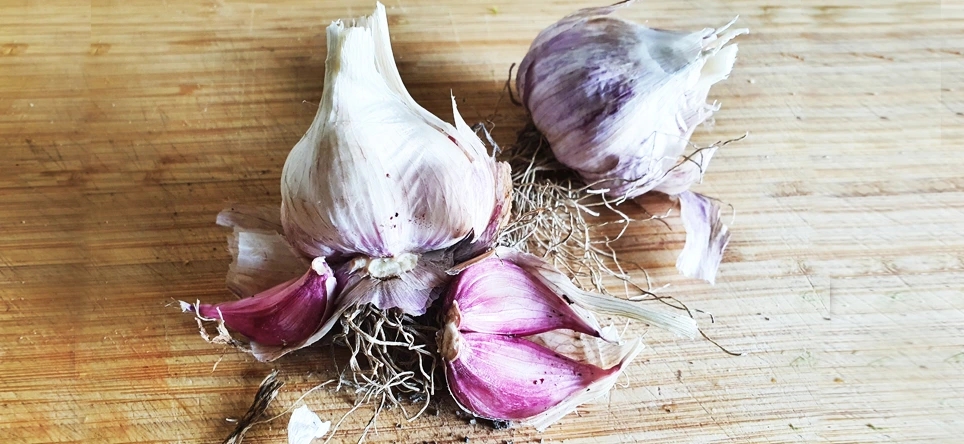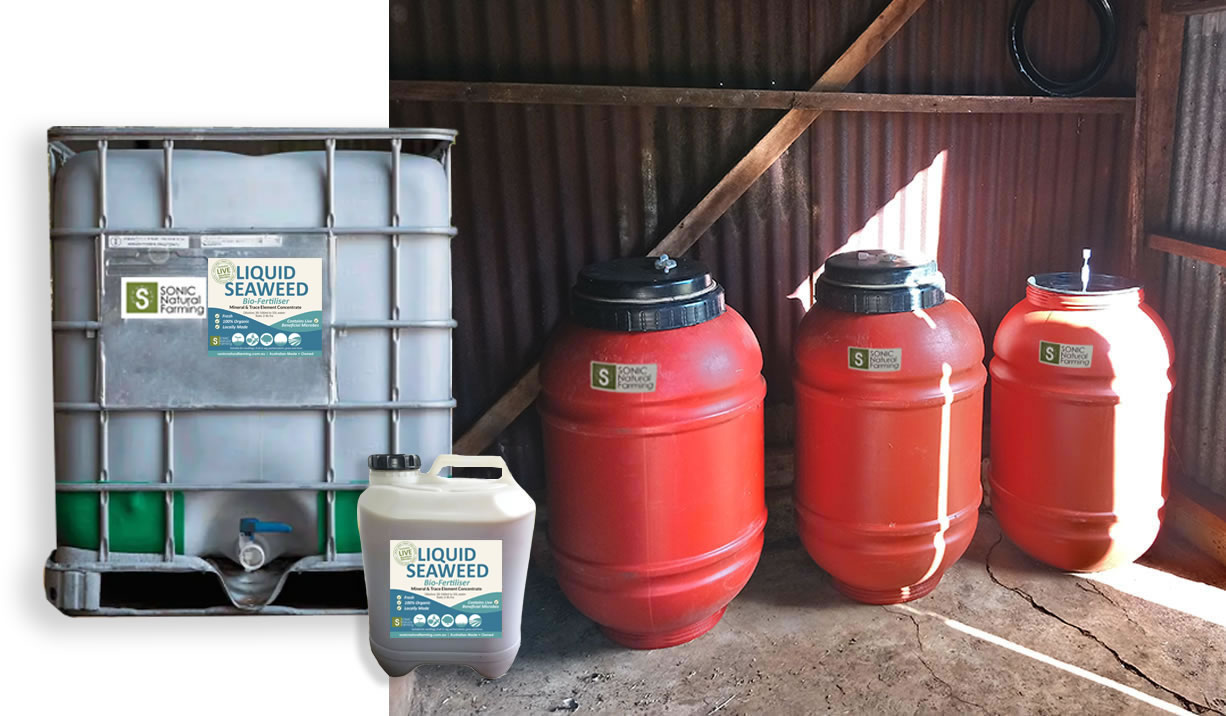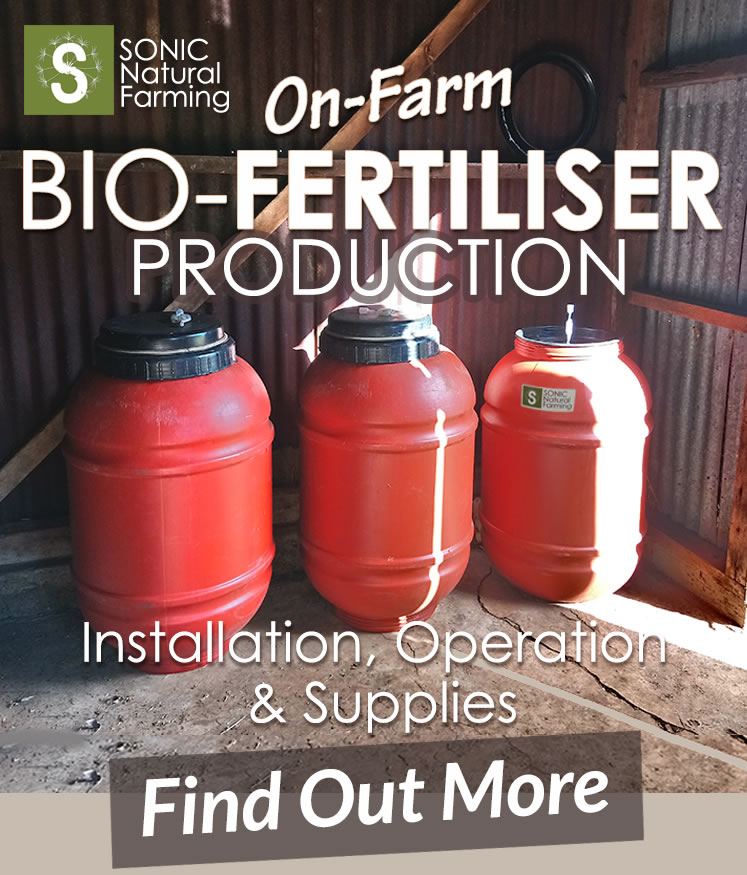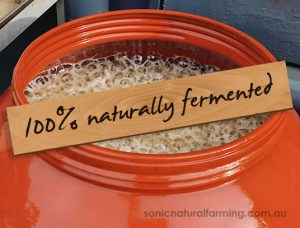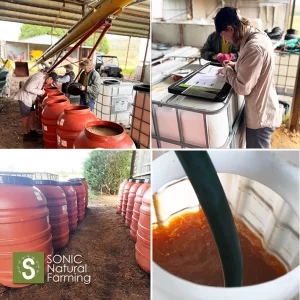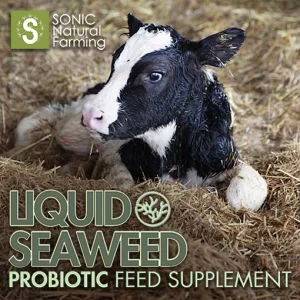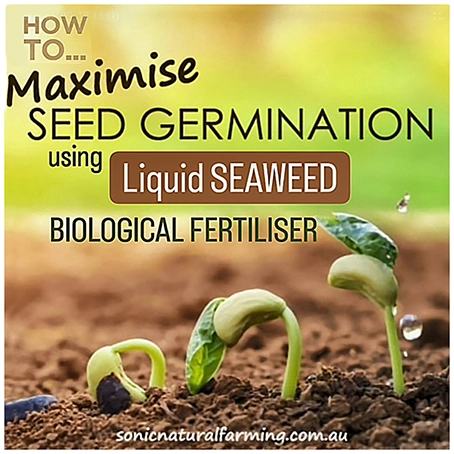To grow organic garlic in Australia requires a bit of planning. By following the right steps, however, you can cultivate a healthy crop of nutrient rich garlic without the use of synthetic pesticides or fertilisers.
In this article, we share some effective methods and take some tips from farmers Tom and Carolyn Reeve at Mirum Creek Organics, who have been successfully growing commercial organic garlic crops in NSW, mid north coast, for 12 years.

Mirum Creek Organics Garlic Crop, (above image).
1. Garlic Variety Selection
Firstly, it is essential to select the right variety of garlic for your region and climate. Australian climates vary significantly, so choosing a good quality, organic garlic variety that is well-suited to grow in your specific area will increase your chances of success.
2. Soil Preparation
Next, prepare the soil by ensuring it is well-drained and rich in organic matter, but not too much nitrogen. If your soil is acidic then add some lime. Make sure your garlic patch is in full sun.
Garlic thrives in loose soil with good drainage. Consider adding compost or well-rotted manure to improve soil fertility and structure. Rock phosphate or colloidal phosphate will supply phosphorous, and greensand or river sand will supply potassium. These materials supply trace elements, and maintain fertility over several years. Charcoal (biochar) can also help with soil moisture retention and drainage.

Mirum Creek Organics compost pile, (above image). For Tips on Composting click here to read ‘The Why and How of Fermentative Composting’.
“I do my own compost, that’s very important. That restimulates things. I try to make that as complex as I can. I use some biodynamic preps to help me to do that. I also use molasses, I use fish, I use humic and fulvic acids, I’ve used seaweed concentrate. Theyre all the basis for that. I will add in some biology sometimes, things like tricaderma, if I’ve got a problem.”
– Tom Reeve
3. When To Plant Garlic
Garlic cloves should be planted during the cooler months, typically between April and June in most parts of Australia.
In Queensland, plant garlic during the cooler months, typically between April and June.
For southern New South Wales, garlic is planted during March/April and the vegetative phase lasts through winter and into spring. Bulb formation then starts in response to higher temperatures and lengthening days. Maturity is reached from early November to January.
In Melbourne plant garlic between March to May. This is approximately when your soil will get down to 10 degrees Celcius, which is the optimal temperature for garlic cloves to be planted.
In Western Australia, the best time to plant garlic is in autumn, between March and May. This timing allows the garlic bulbs to establish their roots before the colder winter months.
4. How To Prepare Garlic For Planting
Separate garlic bulbs and prepare a shallow dish with diluted Liquid Seaweed Fertiliser, and soak for 24 hours in the dilution, before planting, to stimulate rapid leaf and root growth.
Not all Seaweed Fertilisers are the same so do your research. Biological Seaweed Fertiliser has many advantages over other commercial fertilisers due to it’s ‘living’ biology. The biology acts as an inoculant on the clove, so when it goes into the ground the clove is supported by beneficial microorganisms, as well as seaweed’s unique growth hormones. To find out more about Biological Seaweed Fertiliser click here.

5. Planting Garlic
Push the cloves into holes 2 – 5 cm deep and 10-20 cm apart. Ensure when planting you have the cloves standing upright, meaning the tip – from where the sprout will shoot – is pointing skywards.
6. What Not To Plant Next To Garlic
Generally, garlic likes to have it’s own space. Peas, beans, melon, and asparagus should not be planted next to garlic, as the potency of garlic can actually stunt its neighbor’s growth.
It is also recommended to not plant garlic too close to other alliums, including onions and leeks, as it may encourage onion maggots into the area.
7. Best Fertiliser For Growing Garlic
Once planted, ensure that the garlic receives adequate water throughout its growing period. Water deeply but infrequently to encourage deep root growth and prevent disease issues. Mulching around the plants can help retain moisture and suppress weeds.
High-nitrogen fertilisers should be applied in spring to garlic bulbs planted in winter. Organic high nitrogen fertilisers include chicken manure pellets, Fish Fertilisers (hydrolysate), and Liquid Seaweed.
As your garlic plants grow, remove any flower stalks that emerge (known as scapes) to redirect energy towards bulb development. This will result in larger bulbs at harvest time.
“It’s really important to provide homes for the biology. We have to provide a little bit of food for when its tough times. And, I do that with things like products from the ocean.”
– Tom Reeve
8. Harvesting Garlic
Harvesting typically occurs when about half of the leaves have turned brown (usually around late spring or early summer). Carefully dig up each bulb using a garden fork or spade, being cautious not to damage them during this process.

Mirum Creek Organics drying shed, (above image).
After harvesting, allow your garlic bulbs to dry in a warm and well-ventilated area for several weeks until they are fully cured. Once cured, trim off any excess roots or foliage before storing them in a cool, dry place.
By following these methods, you can enjoy the satisfaction of cultivating your own nutrient dense, and chemical-free, organic garlic crop in Australia.
Happy Garlic Growing!

